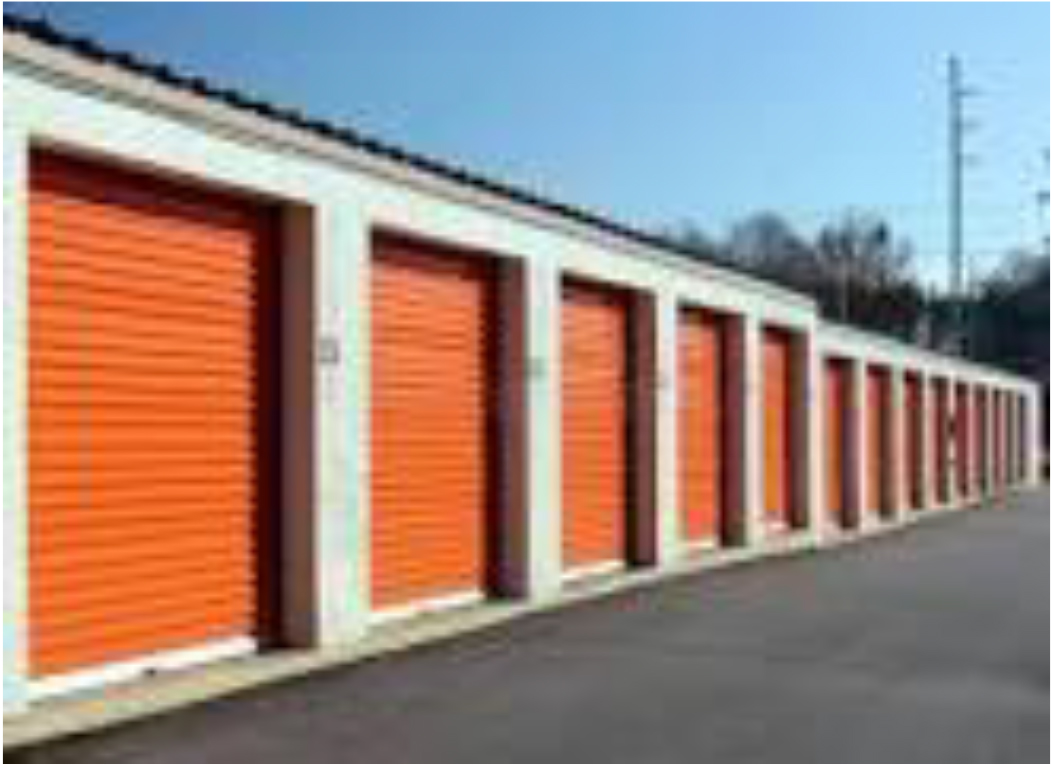The self-storage market was on fire for the first three quarters of last year before showing signs of cooling. With the larger investment market hampered by a lack of clarity, read why the 2023 outlook for self-storage is bright, even as the industry settles back toward historical norms.
Without question, 2022 proved to be a unique and challenging year for the investment community. Anxiety related to rising interest rates has driven changes in the market, making the outlook for 2023 foggy at best.
Still, self-storage has continued to perform quite well. Despite a lack of clarity for investments at large, we can make some reasonable assumptions on what’s likely to occur within this industry. The year ahead looks quite bright. Following are some observations and predictions.
Self-Storage Demand
Expectations for self-storage performance in 2023 are more in line with the fourth quarter than the first nine months of 2022. The leasing season usually starts in April/May and ends in August/September, but last year, operators from nationwide started to see elevated move-outs in early September. Dips in occupancy are often expected that time of year, but over the previous few years, there was very little seasonality. As a result, the late 2022 dip came as a surprise to many operators and investors.
Move-in activity during the last quarter of 2022 was on pace with historical averages. It’s safe to say that the increase in self-storage demand that accompanied the COVID pandemic is over; though drivers such as displacement, home remodels, migration, divorce, home/office downsizing and retirement persist in fueling it. The industry will continue to show its resiliency and maintain high occupancies in 2023, though it’s now likely to return to more normalized seasonality in line with pre-pandemic performance.
Transaction Activity
The 2022 real estate market was a classic case of two tales. It was on fire the first half of the year, with historically high transaction velocity and prices; however, in late June, interest rates started to move upward, which caused a pause. By early to mid-October, turmoil within the capital markets and investment community fully set in, resulting in price softening. Despite the upheaval, the well-documented performance of the self-storage industry buoyed investor sentiment.
Today, self-storage rental rates are meaningfully lower than the first half of last year, as investors adjust for the increasing cost of capital. Many institutional and large private investors are sitting on the sidelines until we get more clarity in the capital markets. With fewer buyers in the market and volatility added in, there isn’t enough transactional data to accurately predict facility values.
That said, self-storage real estate listings are still garnering a tremendous amount of attention, albeit mostly from private investors looking for a clear and direct path to value creation. Investors continue to find yield in our industry, largely driven by true value-add opportunities. Operators continue to benefit from muted new development, and the spread between major and secondary market capitalization (cap) rates has once again widened, as investors see greater risk in smaller markets.
I have no doubt that 2022 will go down as the year the market changed. As 2023 gets rolling, we’ll continue to see the cost of capital rise, putting upward pressure on cap rates, which will lead to lower valuations and a subdued real estate market.
New Development
I anticipate a meaningful slowdown in new self-storage development in 2023, largely due to increasing interest rates, extended entitlement timelines and construction costs that are still relatively elevated. The rapid increase in interest rates is causing developers and lenders to pull back.
Though some new facilities will break ground, the pause button has already been pushed on many planned and proposed projects. The good news for operators of existing facilities is this delay will lead to stronger rental rates and leasing velocity.
Other Opportunities
Here are a few other self-storage market predictions for the year ahead:
- Investors will continue to find profit in undermanaged properties that have failed to achieve pro forma rental rates and leasing velocity over the last two to three years. This’ll lead to some distress, ultimately driven by lender pressure on borrowers. Though these opportunities will be limited and heavily marketed, investors with deep pockets and long horizons should find them attractive.
- The top 150 Metropolitan Statistical Areas will likely outperform secondary and tertiary markets for the first time in more than a decade. We’ll see a meaningful migration back to the major cities as remote work burns off and recessionary concerns push people in search of stable employment.
- Though new, ground-up development is expected to be slow, expansion of existing, stabilized properties and the conversion of former retail spaces will continue to be very accretive for investors.
- We’ll continue to see technology widen the gap between self-storage operators. I project that more than 50% of new rental activity will be generated online, with tools like mobile apps becoming increasingly important.
- Unmanned stores will become more refined and continue to make headway, with major institutional investment made to automate day-to-day operation.
Sector Superiority
All in all, the self-storage community has a bright future ahead. Though we are experiencing a change in the investment market as interest rates settle in at much higher levels, I am confident that our industry will once again outperform other real estate. Despite an expected dip in property valuations and a slowdown in new development, the well-documented performance of self-storage through inflationary or recessionary times will continue to draw investors to the industry with the understanding that it’s the most durable, income-producing sector and best property type to own.

